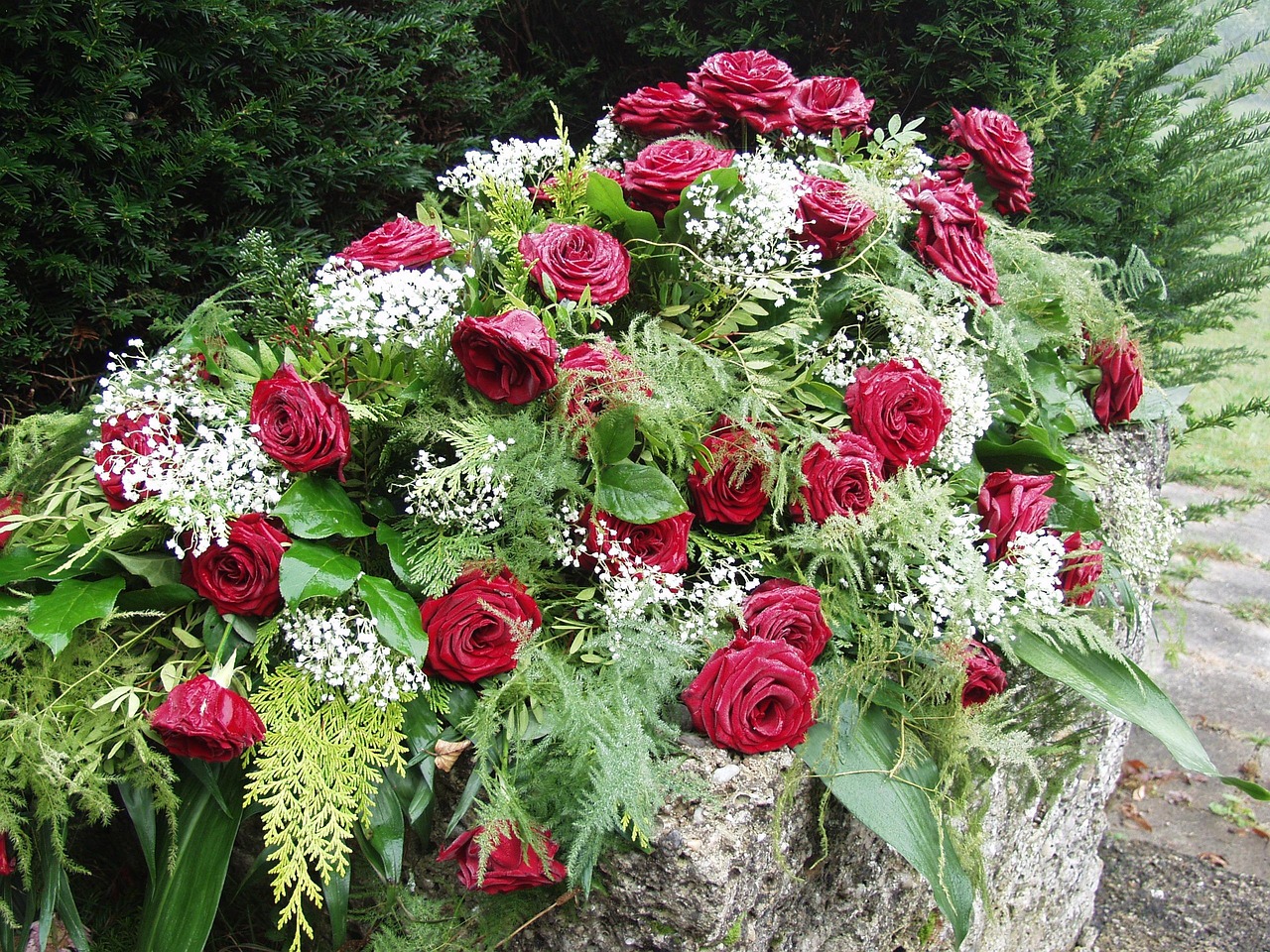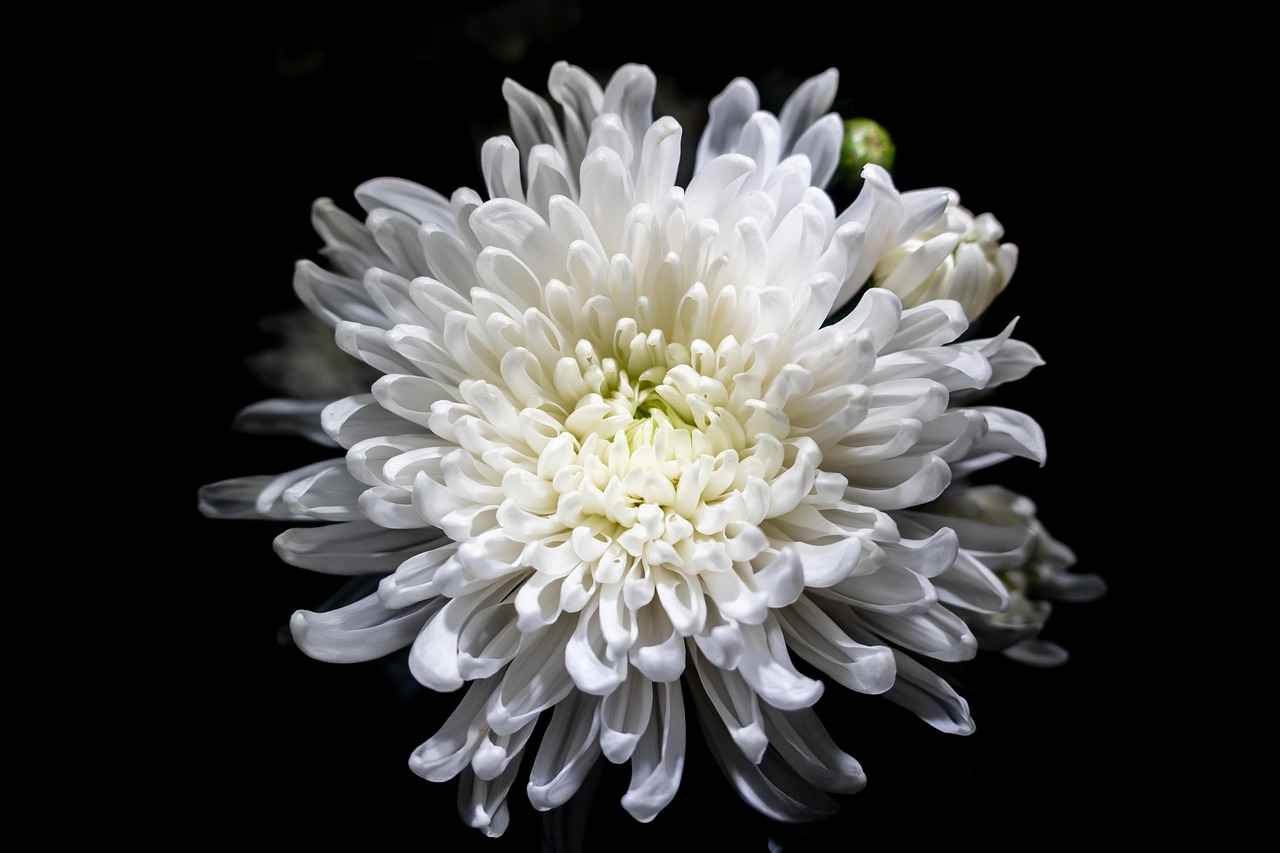Arranging Flowers in a Vase: A Creative Guide to Crafting Beautiful Floral Displays
Arranging flowers in a vase is both an art and a science, blending creativity, balance, and design principles to craft displays that elevate any space. A thoughtfully arranged floral bouquet can brighten a room, set the tone for an event, or express emotion. Whether you’re a novice or a seasoned florist, this guide will take you through the essentials of arranging flowers in a vase, helping you create stunning displays every time.
1. Choosing the Right Vase
The vase you select serves as the foundation of your arrangement. Its size, shape, and material will influence the overall look and feel of your display. Here are a few considerations:
- Height and Width: Tall vases suit long-stemmed flowers like roses, lilies, or gladioli, while short, wide vases work well for fuller blooms like peonies or hydrangeas. The general rule is that the height of the flowers should be 1.5 to 2 times the height of the vase.
- Shape: Cylindrical vases offer a modern aesthetic, while curvy or flared vases lend a classic touch. Narrow necks provide support for upright arrangements, while wider openings allow for lush, sprawling designs.
- Material: Clear glass vases emphasize the stems and water clarity, while ceramic or opaque vases draw attention to the blooms.
2. Preparing the Flowers
Before arranging, it’s essential to prepare your flowers to ensure they last longer and look their best:
- Cutting Stems: Use sharp scissors or a floral knife to cut stems at a 45-degree angle. This increases the surface area for water absorption. Recut stems under running water to prevent air bubbles from blocking hydration.
- Remove Leaves: Strip away any leaves that will be submerged in water. Leaves left below the waterline can rot, fostering bacteria that shorten the life of your flowers.
- Condition the Blooms: Place freshly cut flowers in clean, lukewarm water with floral preservative for a few hours before arranging. This allows the blooms to hydrate and open up.
3. Creating a Balanced Structure
A successful floral arrangement balances visual weight and proportion. To achieve this, follow these steps:
- Start with Greenery: Use foliage like eucalyptus, ferns, or ivy as a base. Greenery provides structure, fills gaps, and frames the flowers.
- Add Focal Flowers: Choose one or two types of blooms as focal points, such as roses, sunflowers, or orchids. Place these flowers first, as they will define the arrangement’s shape and flow.
- Incorporate Secondary Flowers: Add complementary flowers around the focal blooms. Secondary flowers, like daisies, carnations, or snapdragons, enhance the arrangement’s texture and color.
- Fill with Accents: Use smaller blooms, berries, or baby’s breath to fill empty spaces and add fine details.
4. Arranging by Design Principles
When arranging flowers, consider these design principles to achieve a harmonious look:
- Rule of Thirds: Divide the arrangement visually into thirds. The vase should occupy the bottom third, while the flowers take up the remaining two-thirds.
- Balance: Symmetrical arrangements are traditional and formal, while asymmetrical designs feel more dynamic and modern.
- Colour Harmony: Use the colour wheel to guide your palette. Monochromatic arrangements (one colour in varying shades) exude elegance, while complementary colours (opposites on the colour wheel) create vibrant contrast.
- Texture: Mix textures for visual interest. Pair soft, delicate blooms with bold, structured flowers or spiky accents like thistles.
5. Techniques for Stability
Keeping your arrangement stable ensures it remains beautiful for days. Here’s how:
- Floral Foam: For wide-mouthed vases, floral foam secures the stems in place. Soak the foam before use to provide continuous hydration.
- Grid Method: Create a grid across the vase’s opening using clear tape. This framework helps you position the flowers more precisely.
- Layering: Insert stems in layers, starting with greenery, followed by focal flowers, and then fillers. This layering adds depth and dimension.
6. Caring for Your Arrangement
Once your flowers are arranged, proper care will keep them fresh and vibrant:
- Change the Water: Replace the water every two to three days. Wash the vase and recut the stems during each change to remove bacteria and improve hydration.
- Keep Cool: Display the arrangement in a cool area, away from direct sunlight, drafts, or heat sources. High temperatures can cause flowers to wilt prematurely.
- Remove Wilting Blooms: As individual flowers fade, remove them to maintain the arrangement’s overall aesthetic and prevent bacterial growth.
7. Experimenting with Styles
Flower arranging is a personal and creative process, so don’t be afraid to experiment. Here are some styles to explore:
- Minimalist: Focus on a few striking blooms in a simple vase for a modern look.
- Wild and Natural: Embrace irregular shapes and asymmetry, using seasonal flowers and rustic foliage.
- Formal: Arrange flowers symmetrically with tight groupings and a consistent color palette.
- Ikebana: Try Japanese-style arranging, which emphasizes simplicity, line, and balance.
Conclusion
Arranging flowers in a vase is a rewarding activity that combines creativity, skill, and an appreciation for natural beauty. By selecting the right vase, preparing your flowers, and following basic design principles, you can create stunning arrangements for any occasion. With practice and experimentation, your floral displays will not only reflect your style but also bring joy to those who admire them.



